Brigitte Schökle is sitting in the meeting room of the 120-year-old Walkerhaus, a striking brick building located in the centre of Bern. Tanja Joseph has taken up her place opposite her. She is facing the light so that Schökle has a perfect view of her face. Joseph is a sign language interpreter – and she is there to translate. Why? Because Schökle is deaf. The 50-year-old is the managing director of the Interest Group for the Deaf and Hearing-Impaired (IGGH), which is active in the canton of Berne, in German-speaking Fribourg and in the Upper Valais region. Schökle requires the assistance of an interpreter whenever she conducts a meeting with hearing men and women.
She and all other deaf employees have a budget of 1,778 Swiss francs a month for interpreting services in the workplace. The Swiss Disability Insurance Act guarantees them this assistance. However, it still does not amount to much: “It’s enough for around ten hours of translation, but we need more than that,” says Schökle.
This example illustrates the major problem faced by hearing-impaired people: impeded access to communication. This problem is evident not only in the workplace but also everywhere deaf or hearing-impaired people encounter hearing people during everyday life. For example, in the healthcare and school sectors, in public offices and also in the cultural area.
“Nowadays, we live in a society that is strongly impacted by the media and communication. Although the internet has revolutionised a great many things, there are many areas with no videos in sign language or videos with subtitles in the three national languages,” says the IGGH managing director.
Sign language should become an official national language
We may well see improvements in the method of communication, and translation aids will become more prevalent in Switzerland over the next few years. The Federal Council has received three parliamentary procedural requests urging it to legally recognise the prevalent sign languages (see additional texts) in Switzerland. This political awakening has “been a source of great happiness” to the deaf community, says Schökle.
Legal recognition of sign language could result in measures to prevent discrimination against the hearing-impaired. The legal basis against discrimination towards hearing-impaired people is already “rock-solid and precise”, maintains the Swiss Federation for the Deaf (SGB). However, it is not applied often enough. According to the SGB, deaf adults are three times more likely to be unemployed than hearing adults, for example.
Around 10,000 people in Switzerland have been deaf or severely hearing-impaired since birth. This corresponds to around 0.2 per cent of the population. And a further one million Swiss people live with a hearing impairment.
Hands behind your back! Sign language used to be forbidden
Brigitte Schökle has been deaf since the age of six – after contracting meningitis. “There have been a lot of positive changes since then,” she says; from one day to the next, she had to switch to attending the former School for the Deaf and Mute in St. Gallen: “For me, the change in school was a complete culture shock,” she says.
At that time, sign language was forbidden at school. Pupils had to keep their clasped hands behind their back so that they were unable to communicate with each other in signs. Deaf education experts were convinced that the deaf had to learn spoken language to do well in life. This meant they should express themselves verbally like hearing people, and not with their hands.
This assumption was influenced by a conference of deaf education experts from all over the world, the Milan Congress, in 1880. The resolutions of this congress had wide-ranging consequences for the social life of the deaf – including in Switzerland and up to the present day. “We suffered immensely during the era of ‘spoken language education theory’,” says the managing director of the IGGH.
Despite the ban on using sign language at the former School for the Deaf and Mute, the pupils communicated in sign language during lunchtime and out in the playground during their breaks. “They were the only places where educators did not interfere. In this way, I gradually learnt sign language from my school friends,” says Schökle.
Early support is paramount
In contrast to former times, deaf and severely hearing-impaired children nowadays no longer have to attend a special-needs school, but rather can also be integrated into a mainstream school. Some hearing-impaired children (and adults) wear either a hearing aid or even a cochlear implant (an implant which is placed in the auditory canal). This enables the wearer to at least partially understand language. However, the aids cannot replace normal hearing.
Today’s hearing aids and school attendance do not provide sufficient support for hearing-impaired children, says Schökle, who has three children that can all hear: “Early support is paramount. Hearing-impaired children should be able to learn sign language from the time they are small and grow up ‘bilingual’.” She says that if you have this opportunity, you will have a better chance of receiving a good education because the school material can also be imparted with the assistance of interpreters. “It is here in the field of childhood education that I am hoping for changes; if sign language becomes legally recognised in Switzerland,” says Schökle.
Translate concerts – for everyone
During Schökle’s childhood and adolescence, the signs seemed to be large and take up a lot of space; nowadays, they are much more subtle and sophisticated. Very few hearing people are aware that sign language not only consists of hand movements and facial expressions but also has its own grammar and syntax. “It is not just an aid but rather an independent language in itself,” notes Schökle. In the last few decades, the language has grown “more extensive and richer” and has continuously developed.
Even to the extent that is now possible to translate entire concerts into sign language. Brigitte Schökle has contributed widely in this area. She is convinced that bridges can be built with the translation of cultural events – bridges between hearing and hearing-impaired people.
At cultural events she discovered that the listening public is very interested in seeing sign language interpreters and the deaf poetry slammers go about their work; their attention was fully on the interpreter or deaf artists. “This is because sign language allows the subject matter to be conveyed to the public in an extremely visual, vibrant and emotional manner.”
“The simple fact that sign language is now accepted in the cultural field is great. Needless to say, we’d actually like to take part on an equal basis and independently in all facets of society,” says Schökle. For this reason as well, the legal recognition of sign language by the Federal Council is a “step in the right direction”.
Mireille Guggenbühler is a freelance journalist and lives in Thun
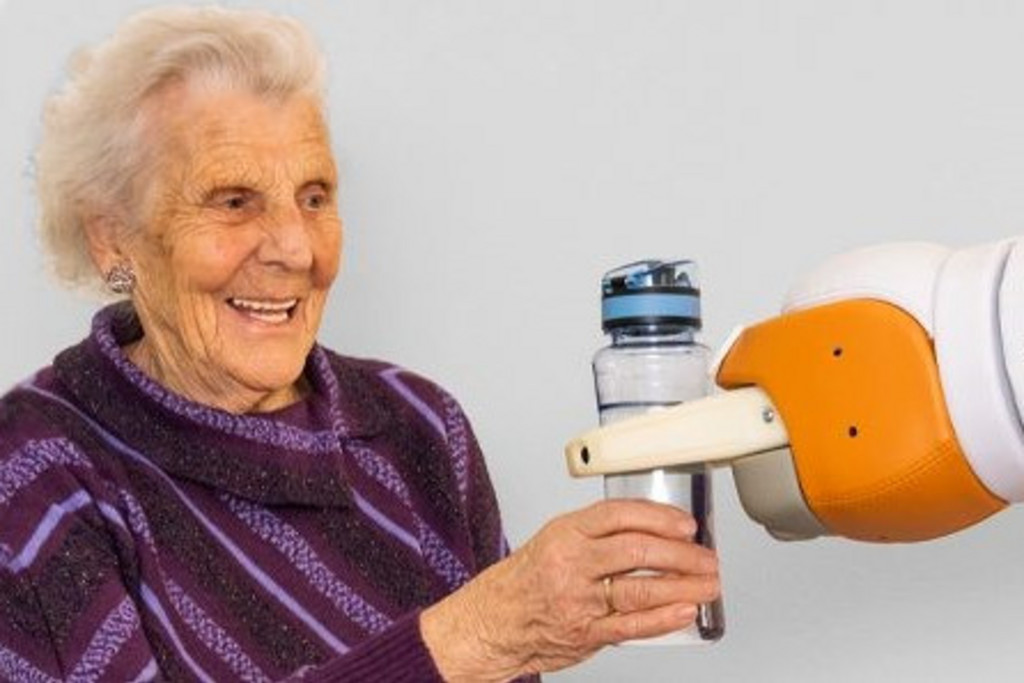

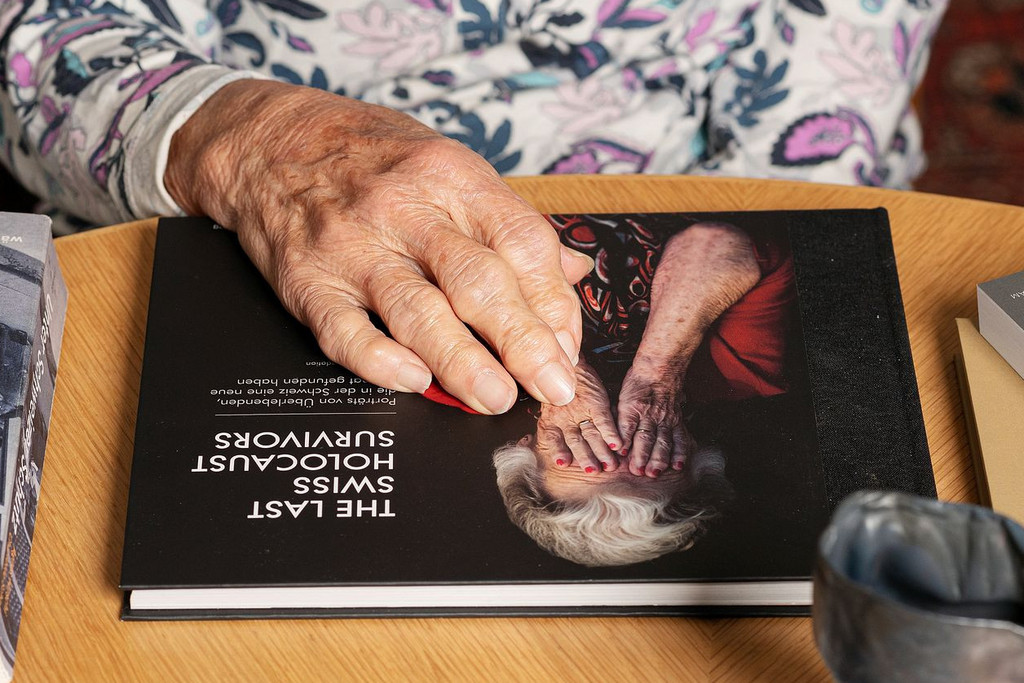
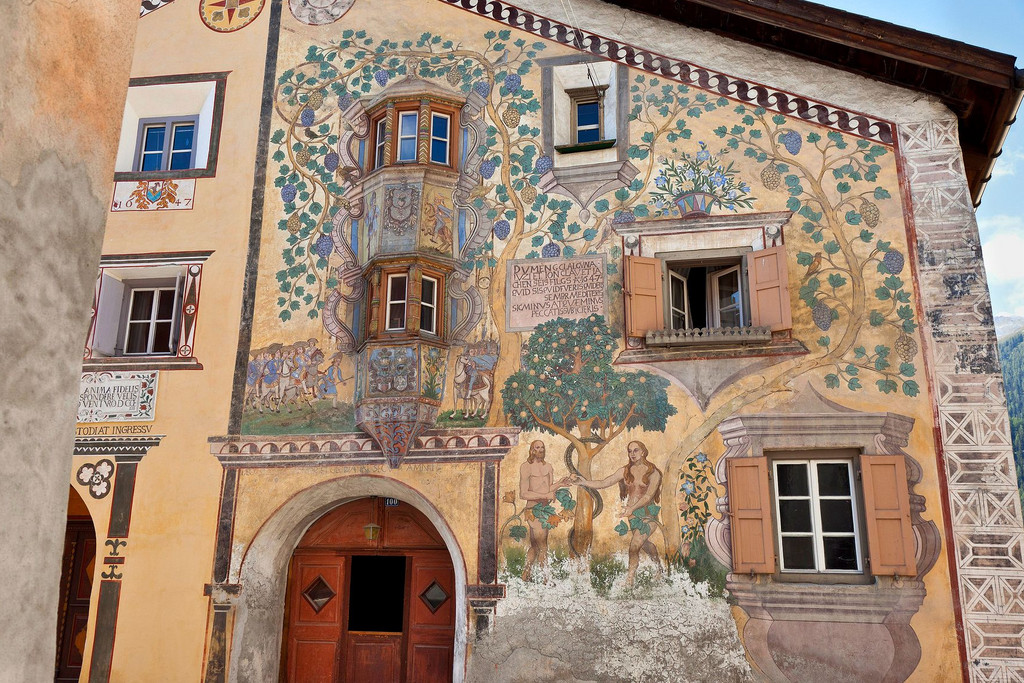
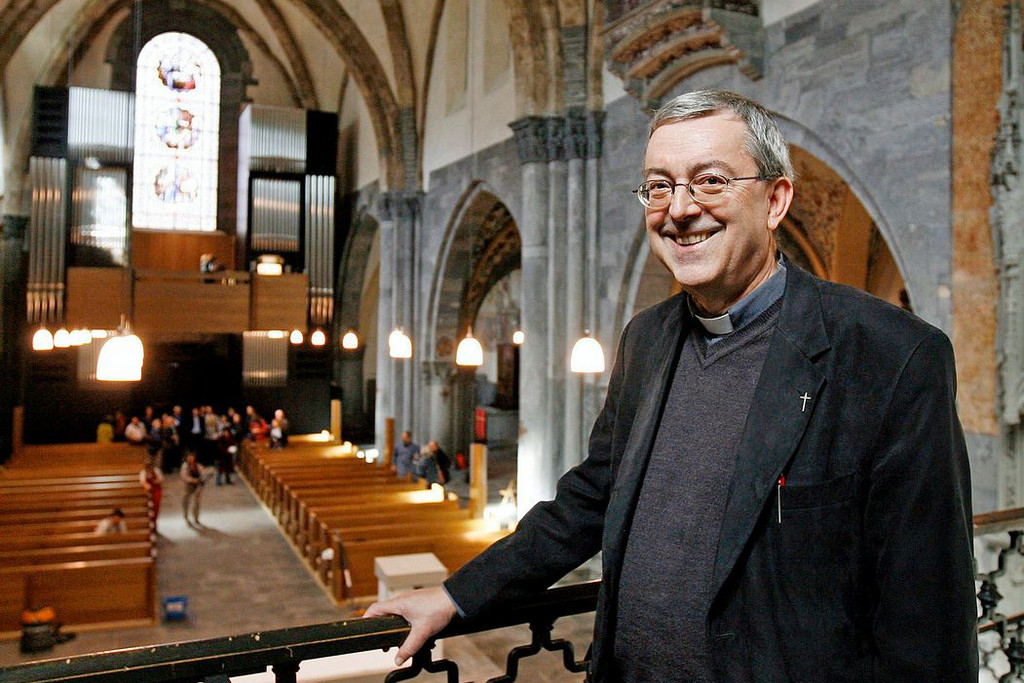
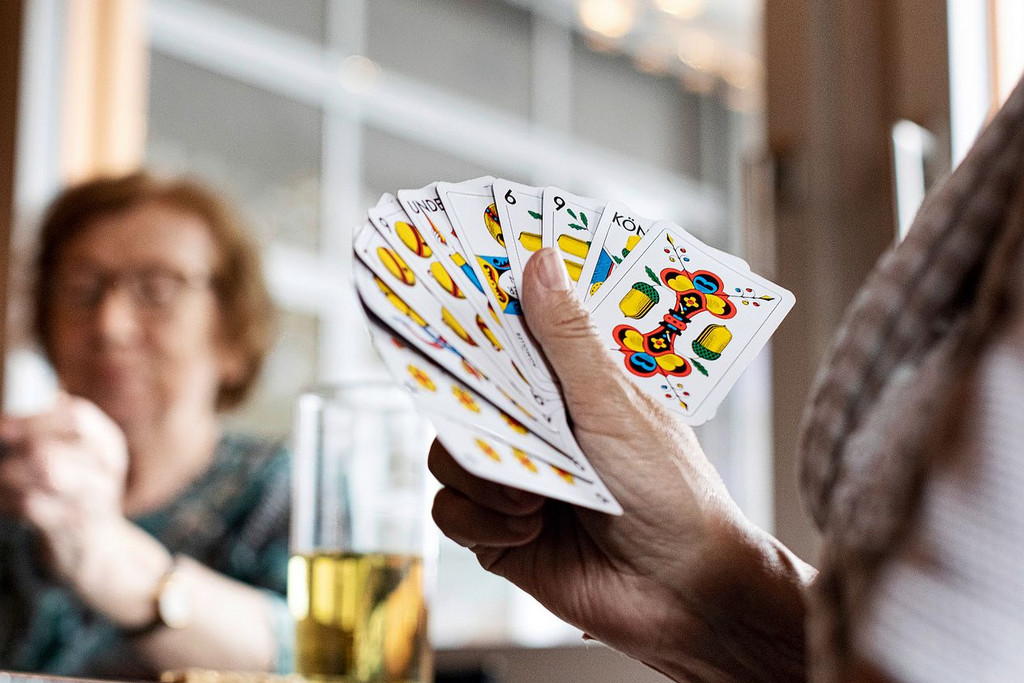
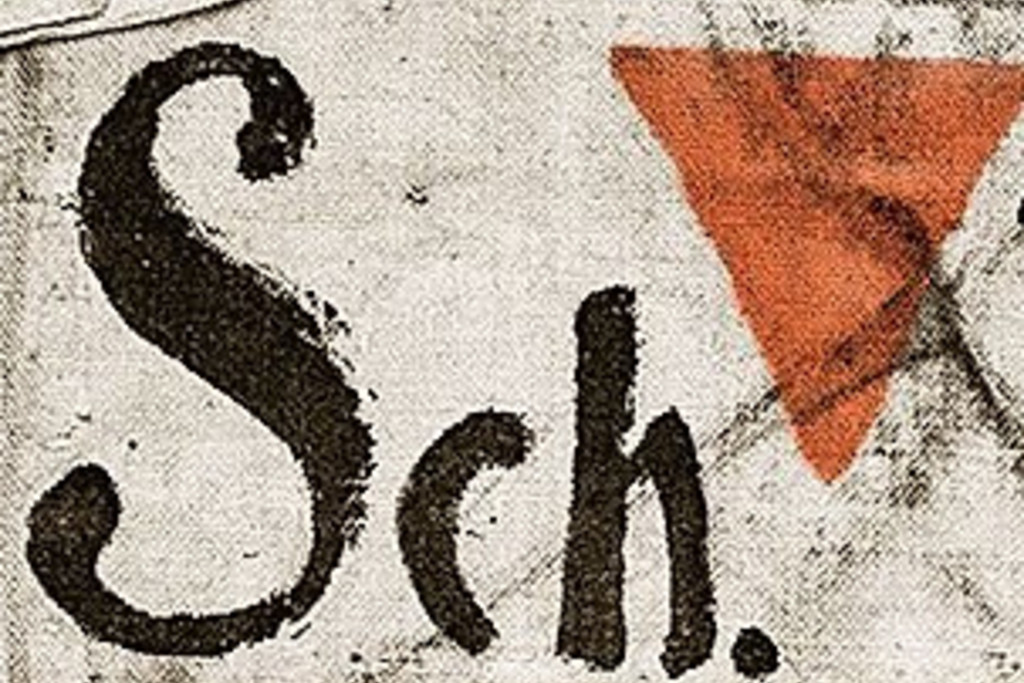




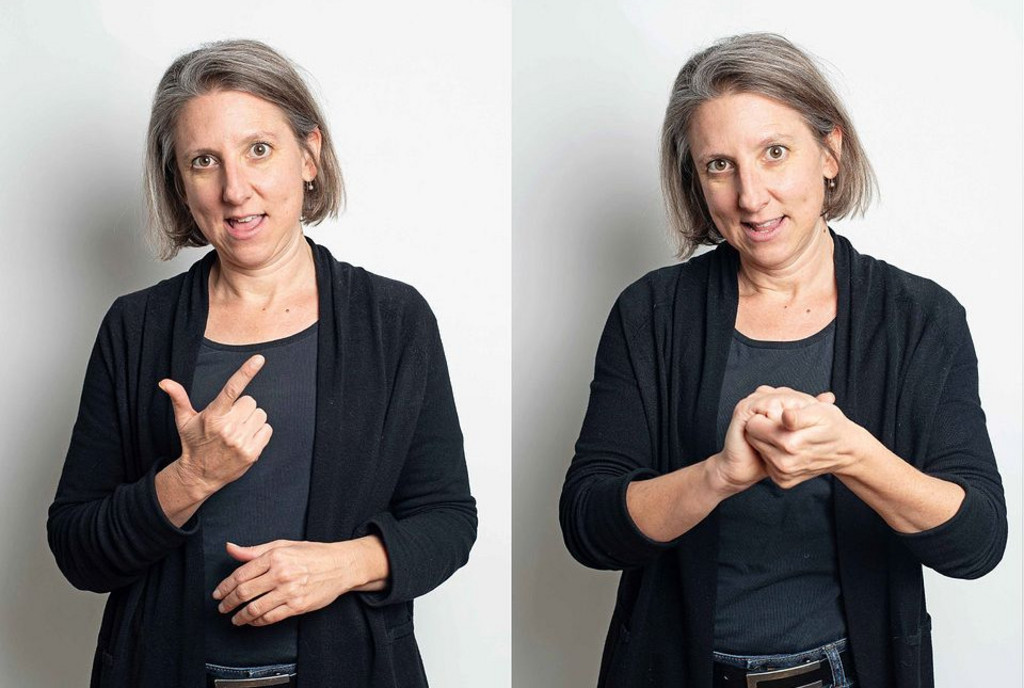
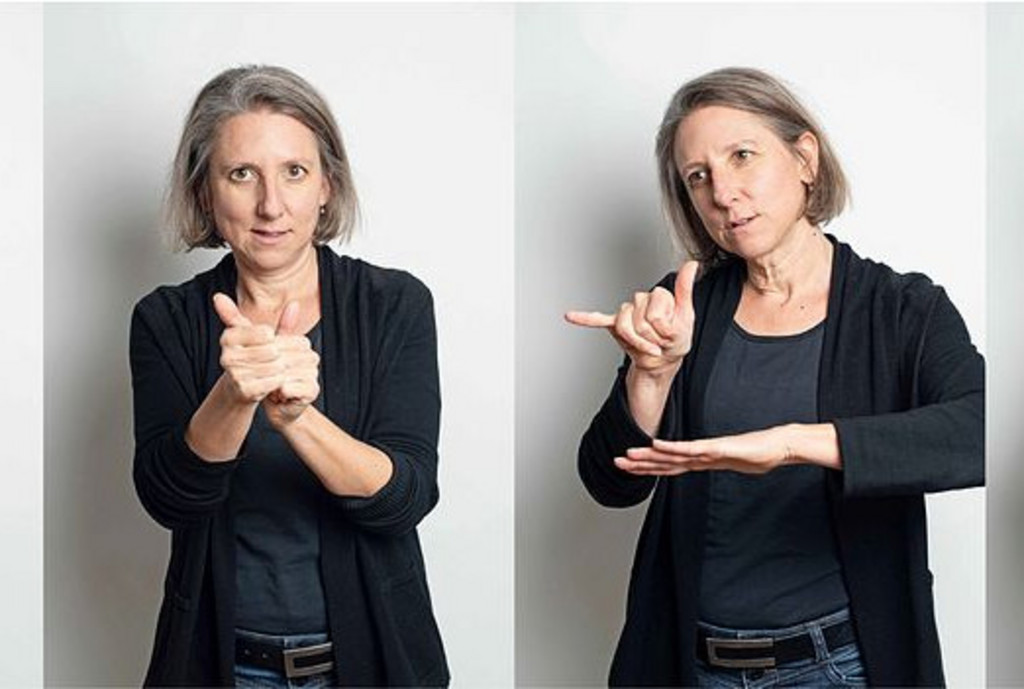
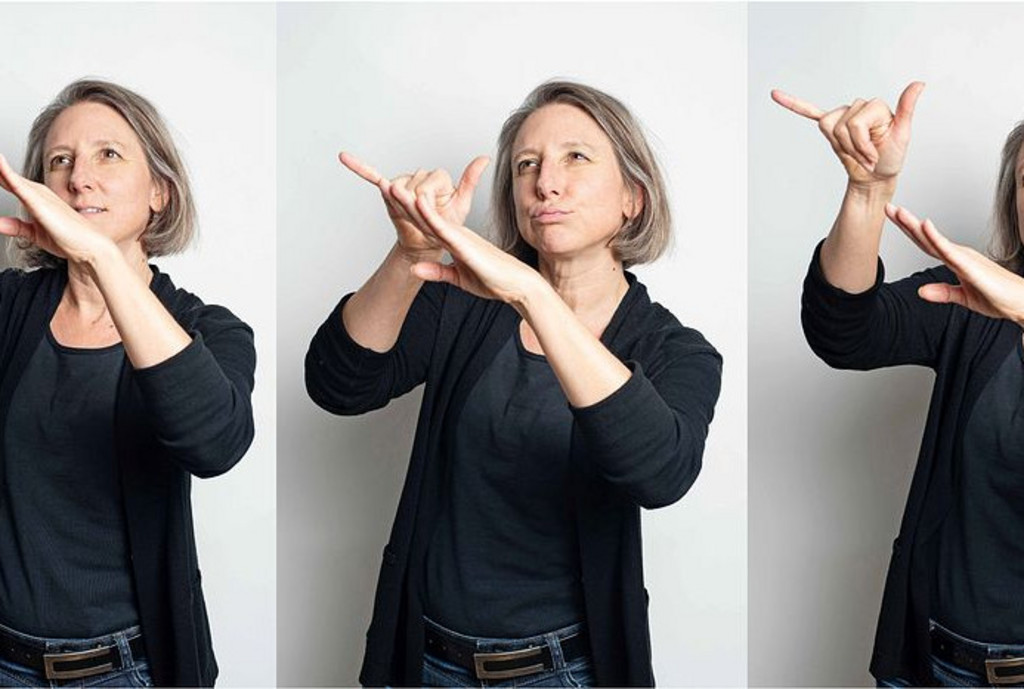
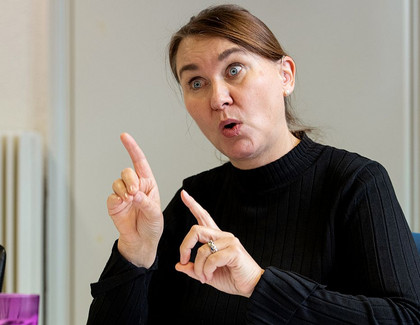
Comments
Comments :
Merci pour votre témoignage. Où avez-vous fait votre formation ?
J’espère que, dans cette quête, les organisations qui représentent les sourds et malentendants se montrent plus ouvertes aux entendants qu’elles ne l’étaient il y a 30 ans. À cette époque, étudiante en droit en Suisse, j’étais sensible à la nécessité de communiquer en direct avec chacun. J’avais donc décidé d’apprendre la langue des signes. Dans mon entourage, il y avait deux personnes sourdes, elles n’étaient pas de ma famille et je ne les côtoyais pas au quotidien. Deux sésames cumulatifs indispensables pour accéder à une formation en langue des signes.
Demander aux autorités de reconnaître les spécificités des sourds et malentendants me semble respectueux, mais il faut aussi que les instances représentant les sourds et malentendants se montrent ouvertes aux entendants dévoués. Les ponts doivent être créés dans les deux sens.